Equipment & Facilities

Horizontal laser interferometer is an instrument that uses the principle of laser interference to measure the length, deformation and other parameters of objects. The principle is to divide a beam of laser light into two beams, which are reflected and merged again to cause interference. By measuring changes in interference fringes, changes in object-related parameters can be determined. The main application fields of horizontal laser interferometers include industrial manufacturing, aerospace, construction engineering and other fields for precision measurement and control. For example, it can be used to detect the deformation of the aircraft fuselage, to measure when manufacturing high-precision machine tools, etc.
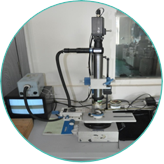
Measuring equipment for tools. The principle is to use optical or mechanical principles to measure the tool, and adjust the centering degree of the tool through the measurement error. Its main function is to ensure that the alignment of the tool meets the predetermined requirements, thereby improving production efficiency and product quality.
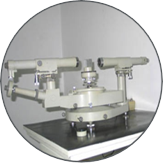
A laser goniometer is an instrument used to measure the angle between surfaces or parts of an object. It uses the reflection and interference of laser beams to measure the magnitude and direction of angles between object surfaces or parts. Its working principle is that the laser beam is emitted from the instrument and reflected back by the measured angle part to form a beam of interference light. According to the wavefront shape of the interfering light and the position of the interference fringe, the goniometer can calculate the angle size and direction between the measured angle parts. Laser goniometers are widely used in measurement, inspection and process control in industrial fields. For example, in the field of aerospace, laser goniometers are used to measure the angle and distance between the shape of the aircraft and its components; in mechanical manufacturing and processing, laser goniometers can be used to measure or adjust the distance between machine parts angle or position. In addition, laser goniometers are also widely used in construction, geological exploration, medical treatment, environmental protection and other fields.
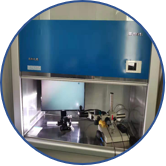
Laser quality inspection ultra-clean bench is mainly a detection method for high-precision non-destructive detection of objects by using laser technology. The detection method can quickly and accurately detect various details such as the surface, accumulation, size, and shape of the object. The ultra-clean bench is a kind of equipment used in a clean place, which can reduce the impact of foreign matter such as dust and bacteria on the detection, and maintain the purity of the sample material. The principle of the laser quality inspection ultra-clean bench is mainly to use the laser beam to scan the object under test, and obtain the information of the object through the interaction between the laser and the object under test, and then identify the characteristics of the object to complete the quality inspection. At the same time, the internal environment of the ultra-clean bench is strictly controlled, which can effectively reduce the influence of environmental noise, temperature, humidity and other factors on the detection, thereby improving the accuracy and precision of the detection. Laser quality inspection ultra-clean benches are widely used in manufacturing, medical, biotechnology and other fields, which can effectively improve production line efficiency, reduce product defect rate, and improve product quality.
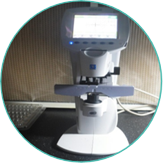
Cylindrical eccentricity is an instrument for measuring the eccentricity of an object. Its working principle is to use the centrifugal force generated when the object rotates to transfer it to the cylinder of the eccentricity meter, and the indicator on the cylinder indicates the eccentricity of the object. In the medical field, cylindrical eccentricity meters are commonly used to detect muscle disorders or abnormal functions in human body parts. In industry and scientific research, cylindrical eccentricity is also widely used in the measurement of object mass and inertia.

Extinction ratio measurement equipment is commonly used to measure the optically active properties of substances. Its working principle is to use the rotation angle of polarized light to calculate the extinction rate and specific rotation rate of the material for light. Specifically, after entering the material, the polarized light will rotate a specific angle along the direction of the optical rotation property, and then be measured by the light intensity detector. According to the change of polarization state before and after the light passes through the sample, parameters such as extinction ratio and specific rotation ratio can be calculated. To operate the device, first place the sample in the detector and adjust the light source and optics of the device so that the light passing through the sample is detected by the detector. Then, use a computer or other data processing equipment to process the measured data and calculate the relevant physical parameters. During use, the optics of the device need to be carefully handled and maintained so as not to damage or affect measurement accuracy. At the same time, calibration and calibration should be carried out regularly to ensure the accuracy and reliability of the measurement results.
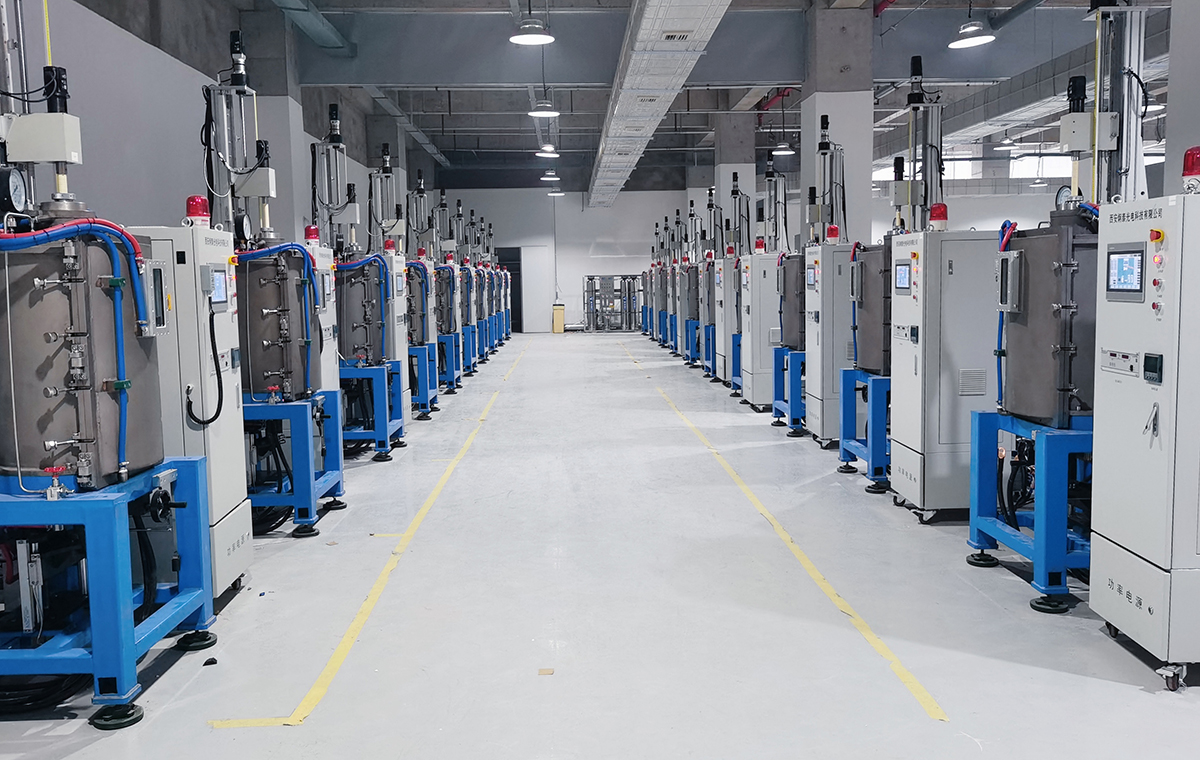
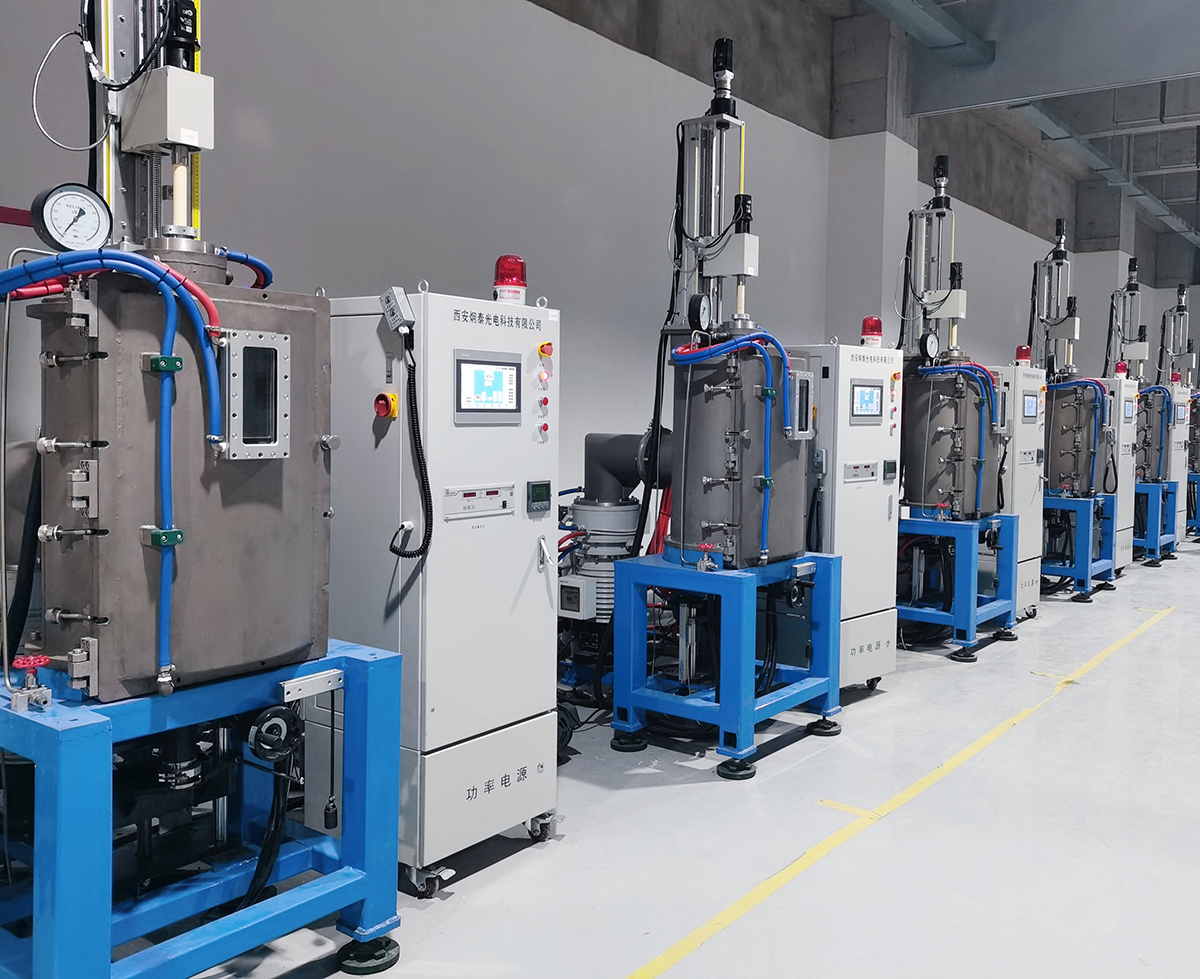
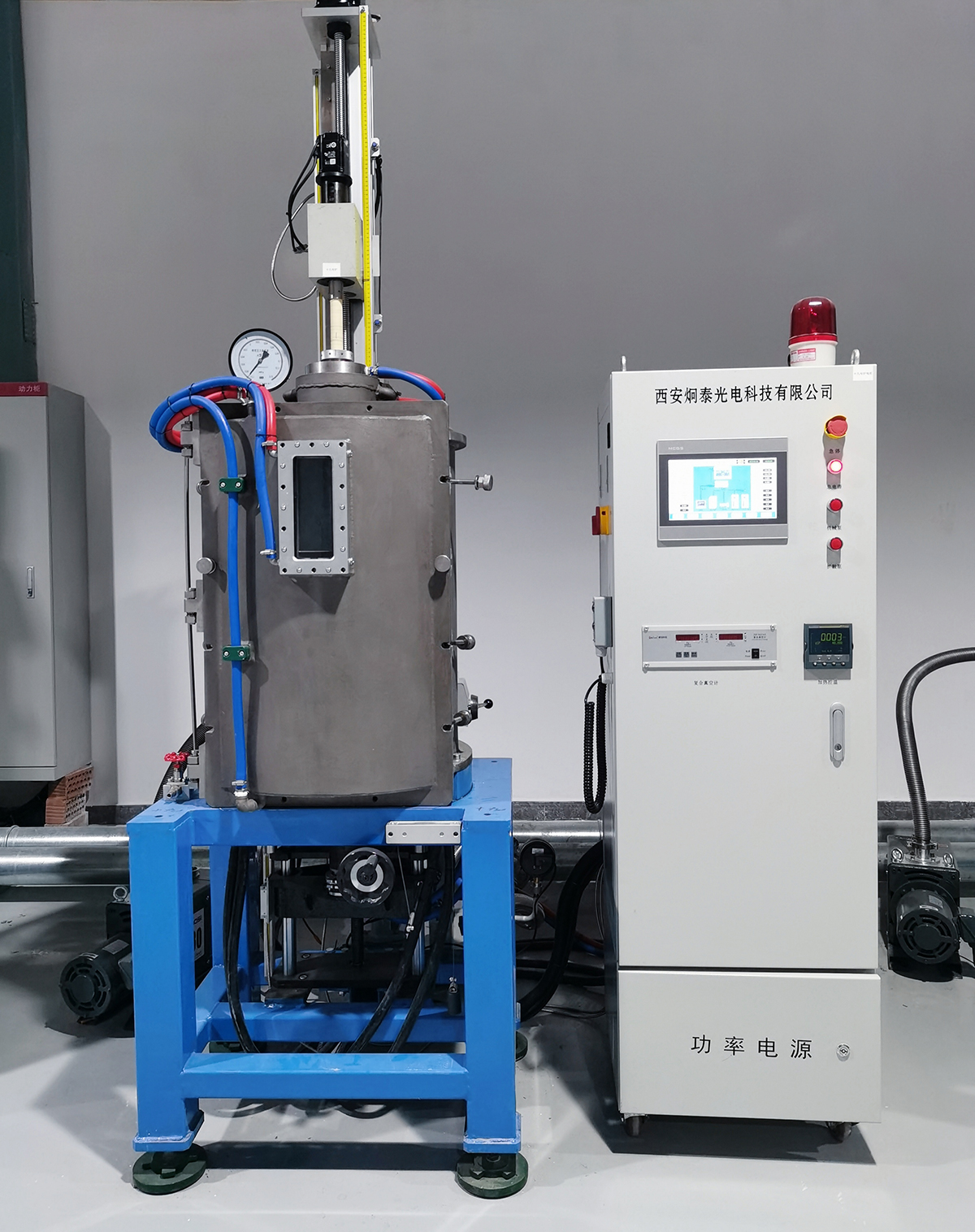
The crystal growth furnace and supporting power cabinet are the equipment used to grow crystals. The crystal growth furnace is mainly composed of an external ceramic insulation layer, an electric heating plate, a furnace side window, a bottom plate, and a proportional valve. The crystal growth furnace uses high-purity gas at high temperature to transport the gas-phase substances required in the crystal growth process to the growth area, and heats the crystal raw materials in the furnace cavity at a constant temperature to gradually melt and form a temperature gradient for growing crystals to achieve crystal growth. grow. The supporting power supply cabinet mainly provides energy supply for the crystal growth furnace, and at the same time monitors and controls parameters such as temperature, air pressure, and gas flow in the crystal growth furnace to ensure the quality and efficiency of crystal growth. Automatic control and adjustment can be realized. Usually, a crystal growth furnace is used together with a supporting power cabinet to achieve an efficient and stable crystal growth process.
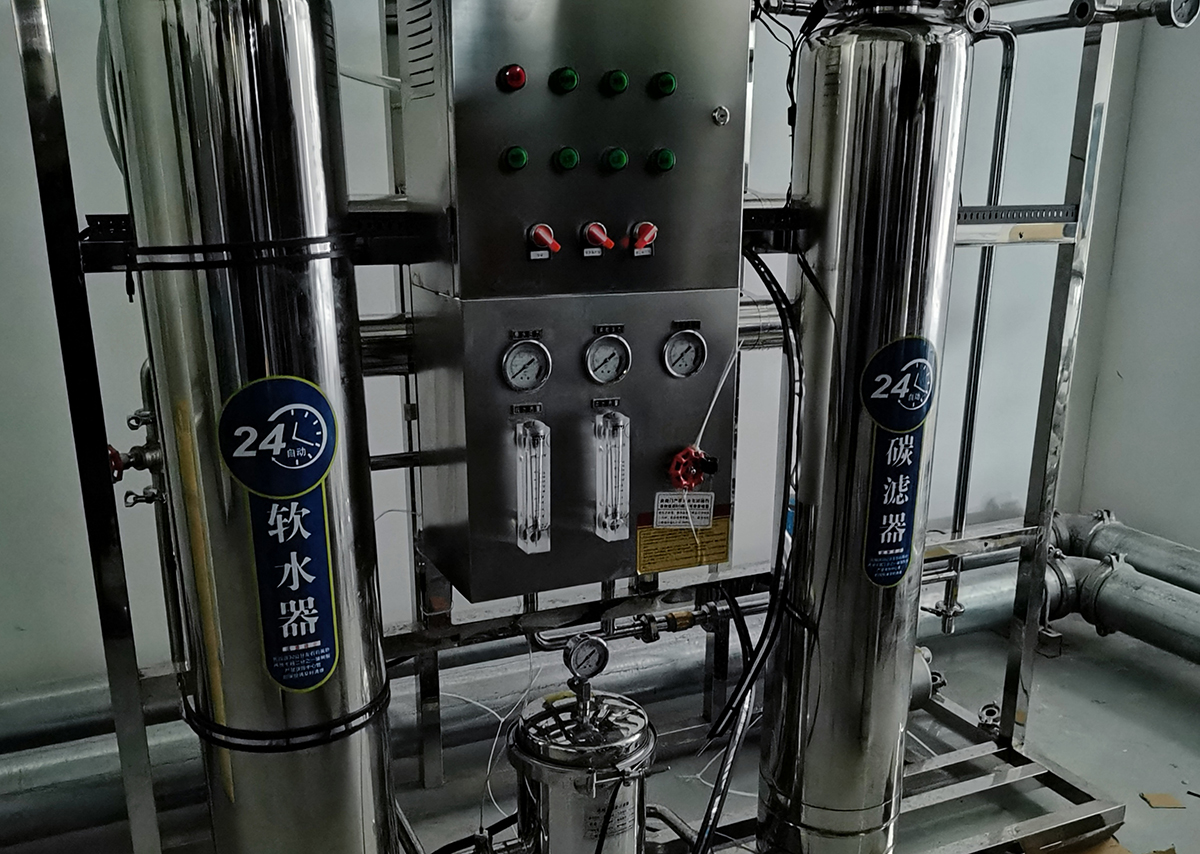
The pure water generation system of the crystal growth furnace usually refers to the equipment used to prepare the high-purity water needed in the process of growing crystals in the furnace. Its main working principle is to realize the separation and purification of water through reverse osmosis technology. Usually, the pure water generation system mainly includes several main parts such as pretreatment, reverse osmosis membrane module, product water storage and pipeline system.
The working principle of the crystal growth furnace pure water generation system is as follows:
1.Pretreatment: Filter, soften, and dechlorinate tap water to reduce the damage or failure of the reverse osmosis membrane due to the impact of impurities.
2.Reverse osmosis membrane module: The pretreated water is pressurized and passed through the reverse osmosis membrane, and the water molecules are gradually filtered and separated according to the size and grade, so that impurities such as ions, microorganisms, and particles in the water can be removed, thereby obtaining high purity. of water.
3.Product water storage: store the water treated by reverse osmosis in a special water storage tank for use in the crystal growth furnace.
4. Pipeline system: according to the needs, a certain length of pipelines and valves can be configured to transport and distribute the stored high-purity water. In short, the pure water generation system of the crystal growth furnace mainly separates and purifies water through pretreatment and reverse osmosis membrane components, so as to ensure the purity and quality of water used in the crystal growth process.

